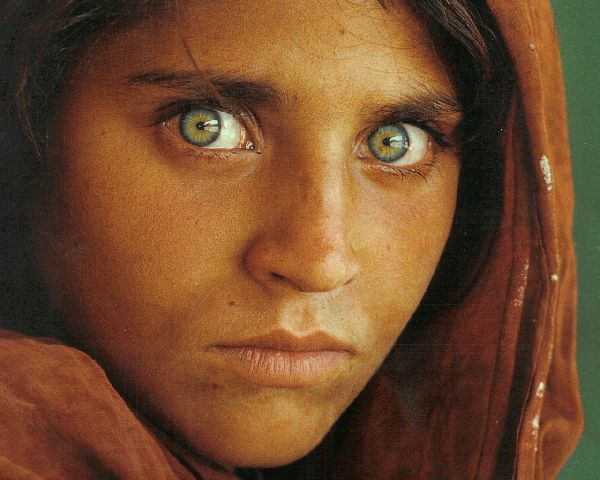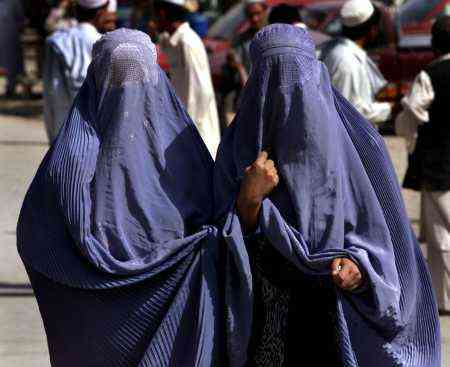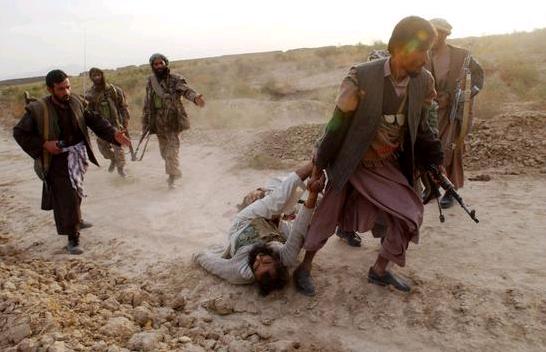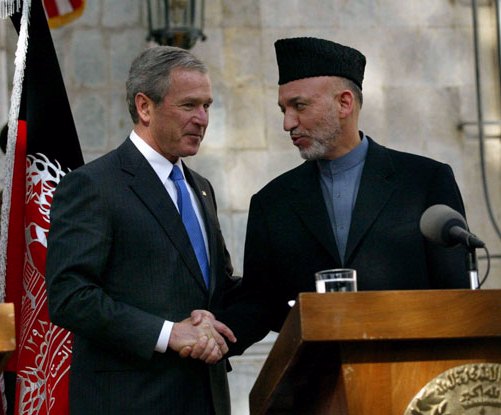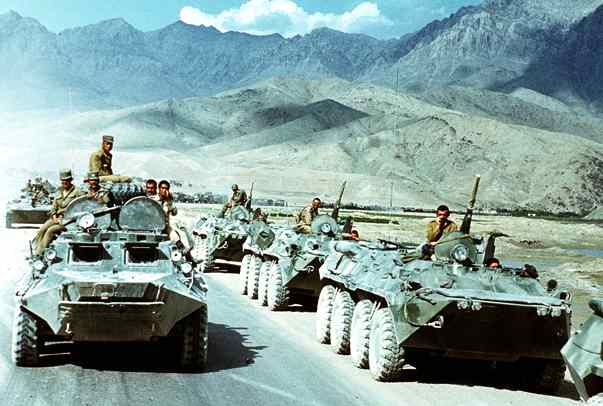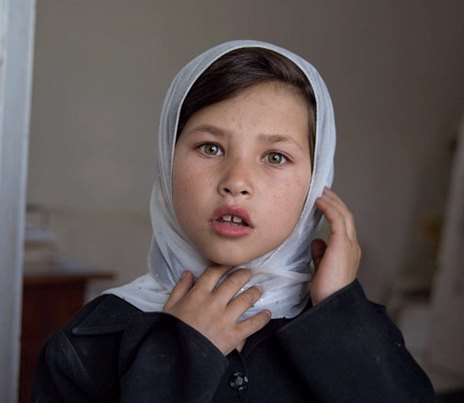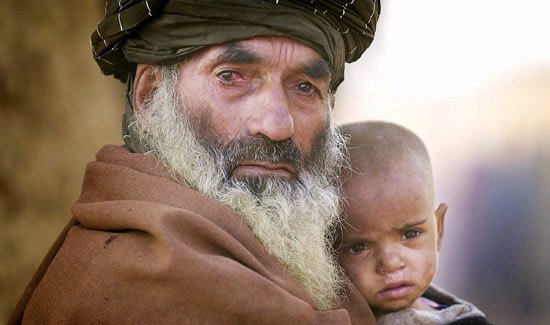|
|
|||||||||||||||||||||||||||||||
|
Afghanistan - A Tale of Two Countries: North and South
The Islamic Republic of Afghanistan borders with Iran, Pakistan, Tajikistan, Turkmenistan and Uzbekistan. It lies in the crossroads between China, Russia, India, Africa and Europe and as such has a long history of war and strife. From 1933 to 1973 Afghanistan was a stable and peaceful country under the rule of King Zahir Shah, but this ended when he was removed in a bloodless coup by his brother-in-law Mohammed Daoud Khan who became the first president of Afghanistan. Daoud Khan was later overthrown and killed by the People's Democratic Party of Afghanistan (PDPA) in 1978. Once in power the PDPA began a series of radical changes, giving women rights and allowing women to enter political life, waiving debts for farmers nationwide and allowing freedom of religion. “Privileges which women, by right, must have are equal education, job security, health services, and free time to rear a healthy generation for building the future of the country .... Educating and enlightening women is now the subject of close government attention.” - Anahita Ratebzad, Marxist Feminist of Afghanistan.
While these changes were welcomed in the cities like Kabul, the changes did not go over well with the conservative religious folk who dominated the countryside. In 1979 as part of its Cold War strategy the United States under the leadership of Jimmy Carter began training the Mujahideen, a conservative religious group with aspirations of jihad, in an effort of undermining Soviet interests in the region. On Christmas Eve 1979 over 100,000 Soviet troops invaded Afghanistan and were backed up by another 100,000 members of Afghanistan's Parcham faction (a socialist group with communist leaning) in hopes of creating a socialist-communist state. Precise numbers of the death count are unknown, but range between 600,000 to 2 million. Another 5 million Afghans fled the country. The Mujahideen fought back against the communist regime and it wasn't until 1989 when the Soviet Union collapsed did Soviet troops finally withdraw from Afghanistan. The withdrawal was seen as an ideological win for the United States which was trying to control the oil rich middle east and keep that oil out of communist hands.
After the communists left, so did the Americans, leaving Afghans to rebuild their war torn country. The different Mujahideen factions began fighting amongst themselves splitting the country into warlords who dominate their individual regions. Battle over control of the city of Kabul between several warlords killed over 10,000 in that city during 1994. The Taliban, the largest faction, developed into a political force and seized control of Kabul in 1996. The Taliban eventually overran the country and by the start of 2001 had captured or united 95% of Afghanistan. Under Taliban rule women were not allowed to work, go to school and were severely punished if they disobeyed. Communists were systematically eradicated and thieves were punished using a variation of Sharia law by chopping off hands or feet. The Taliban also made significant efforts to getting rid of opium production, killing farmers who grew the crops and nearly eradicated the crop by 2001. During this period of Taliban rule al-Qaeda had setup small terrorist training camps under the leadership of former CIA agent and relative of the Saudi Royal family Osama bin Laden.
Meanwhile Hamid Karzai, an advisor to the UNOCAL corporation from the United States was pressuring the Taliban government to allow the US company to build a pipeline across Afghanistan known as Central Asia Gas (CentGas). Osama bin Laden and al-Qaeda didn't like the idea of an American-owned oil pipeline being built across Afghanistan. Following the events of September 11th 2001 the United States and allied countries including Canada and Britain invaded Afghanistan, defeated the Afghan armed forces, and forced Taliban and al-Qaeda forces into hiding. The United States setup Hamid Karzai as the interim president in 2002 (a post he was elected to in October 2004 and remains in to this day). During the early stages of the War in Afghanistan the American and allied troops secured the major cities and removed the Taliban from central power, but make no mistake because the Taliban is still very much in power in Southern Afghanistan and along the border with Pakistan. US-led forces remain in control of most of Northern Afghanistan and continues to fight the Taliban in an ever shifting battle in the south. This battle has been prolonged due to the United States pulling out over half of their troops from Afghanistan and re-deploying the same troops in Iraq in 2003. The terrorist group al-Qaeda during all this seems to have taken up a position of training, recruitment and leadership by training members of the Taliban how to make roadside bombs, how to conduct successful suicide missions and how to avoid suspicion and arrest while traveling in US controlled parts of Afghanistan.
The War in Afghanistan therefore has several major fronts: The Taliban recruits acting behind enemy lines, building roadside bombs and carrying out suicide missions; The warlords in Taliban controlled regions who carry out attacks and ambushes on enemy troops; A public relations war in which the Western world is trying to capture the hearts and minds of the Taliban of a better tomorrow with schools, healthcare and better roads, but continues to fail whenever US troops fire on civilians. A key problem in all of this is the warlords. During the outset of the invasion many warlords in the north laid down their arms and joined American forces to save their own skin. This may look good on paper, but in reality these warlords are no less brutal dictators than those warlords operating in the south. The warlords are constantly fighting amongst themselves for power, money, territory and whatever else they feel will suit their needs. The foreign troops and the Americans are merely pawns in a game of civil war between the different warlords. In multiple ways there are two Afghanistans. One way is to divide the country between US-led forces and Taliban controlled regions. Another is culturally. Some Afghans have become heavily Westernized, even before the invasion of the USA. Under their robes and burqas they wear Madonna or Michael Jackson t-shirts and blue jeans and only show them when there are no religious fanatics around. They go to secret concerts, cinemas, watch Hindi soap operas & Bollywood movies and dream of a day when Afghanistan can make their own movies. They look in envy towards Pakistan and India where men wear tight jeans and women are allowed to expose their skin.
There is a reason for this. The median age in Afghanistan is 17.6 years for both males and females and life expectancy is 44. There is a huge generation gap between the younger generation and older generation. Meanwhile the birth rate is 2.63%, infant mortality is 15% and the average woman has 6.58 children. The infant mortality is higher for female babies suggesting some Afghans are killing female babies in favour of males. In a country the size of Texas and with a population of 33 million that is a lot of young people running around. The average person in Afghanistan makes less than $1000 US per year and 38% of their economy depends on agricultural farming. The unemployment rate is a whopping 40% and number of people below the United Nations poverty line is 53%. Another way of looking at Afghanistan is the technology. They have 280,000 phone lines in use, but 2.52 million cellphones (2006 stats). Their electricity is 64% hydro and 36% burning of fossil fuels (mostly coal). Internet usage is growing sharply and Afghanistan had 535,000 registered internet users in 2006 (which for a family of 8 or 9 means roughly 4 million people with internet access). Internet kiosks and cybercafes setup in major cities are a major part of this growing trend.
That is not to say only Northern Afghanistan has technology and is using it however. The Taliban is using the same systems and relies heavily on cellphones from Pakistan to conduct its day-to-day operations and operates its own independent systems in Southern Afghanistan. In some parts of the country the Taliban still collect taxes, electricity and water bills and act as police officers for their local residents. Within Afghanistan warlords and politicians are working to try and reunite the two sides with talks and diplomacy. Such ideas as negotiating with the Taliban won't go over that well with certain politicians in the United States, but Afghanis are doing this on their accord. And as for Osama bin Laden and al-Qaeda? They likely fled the country years ago and are safely hiding somewhere in Pakistan or Iran. There are still al-Qaeda operatives active in Afghanistan training and recruiting, but Osama bin Laden is no where to be found. Statistical Source: The CIA World Factbook.
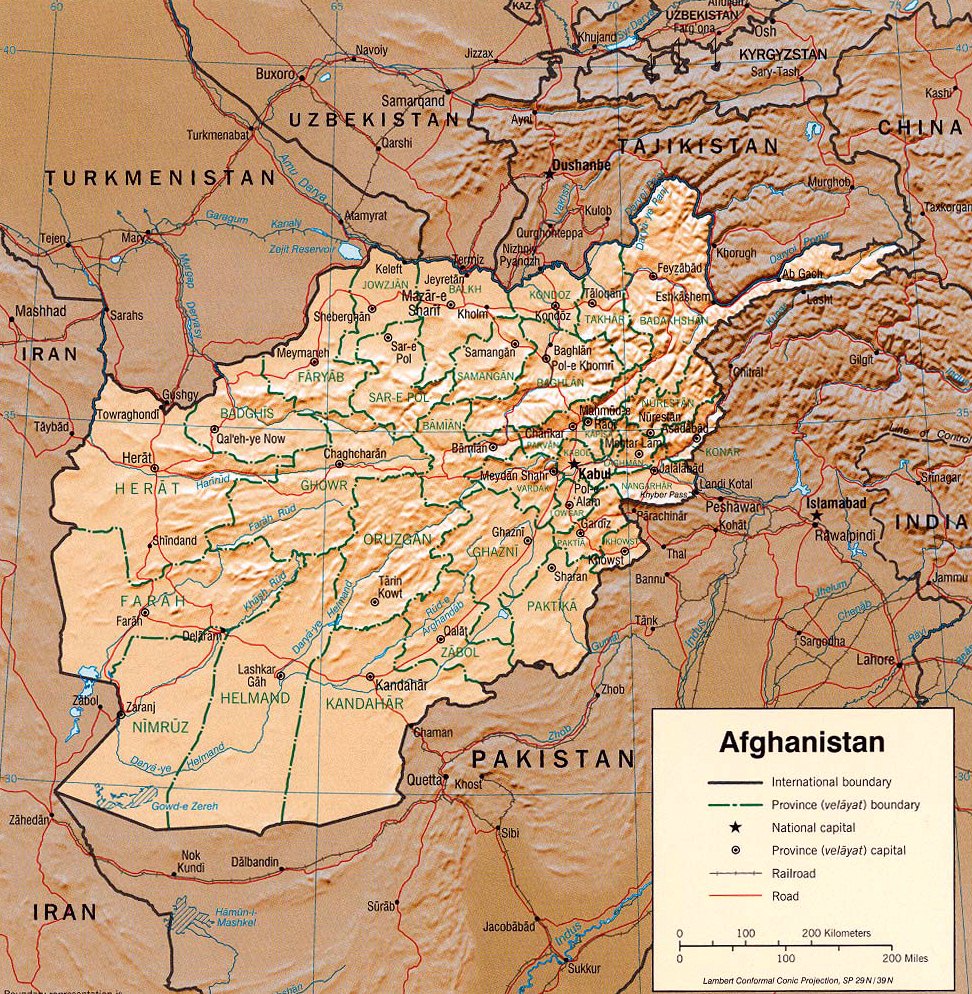
|
|
||||||||||||||||||||||||||||||
|
Website Design + SEO by designSEO.ca ~ Owned + Edited by Suzanne MacNevin | |||||||||||||||||||||||||||||||
